June 15-30, 2009
Our volunteer force is a powerhouse. The usual Planet Drum house more or less doubled in numbers with the special 3-week visit or our friends from Saga Educators, coincidentally based out of the San Francisco Bay Area, California.
Two volunteers of theirs from last summer have returned with a crew of five strong high-schoolers to help with the revegetation project.
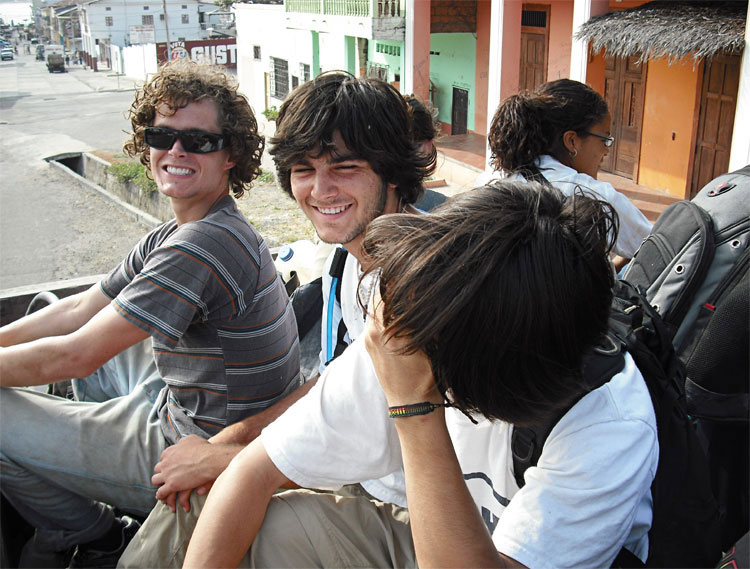
Two volunteers of theirs from last summer have returned with a crew of five strong high-schoolers to help with the revegetation project.
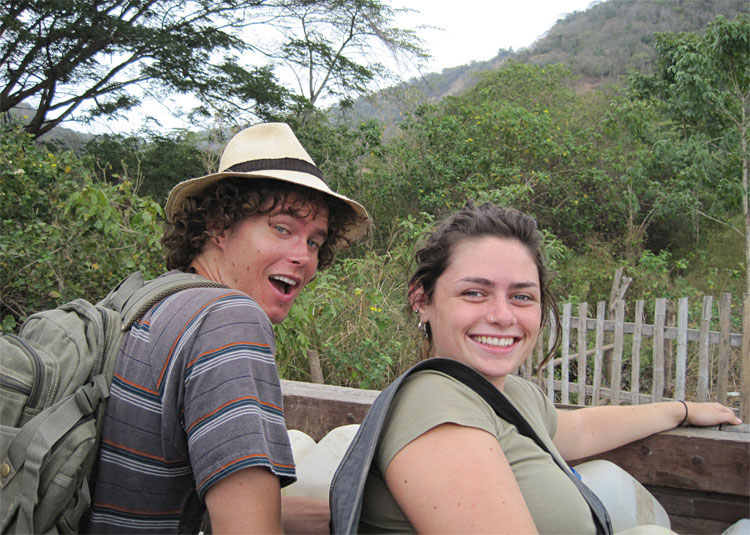
Everyday we accomplished approximately double what would normally be done. This is excellent, because, as the volunteers would vouch, there’s a lot to do.
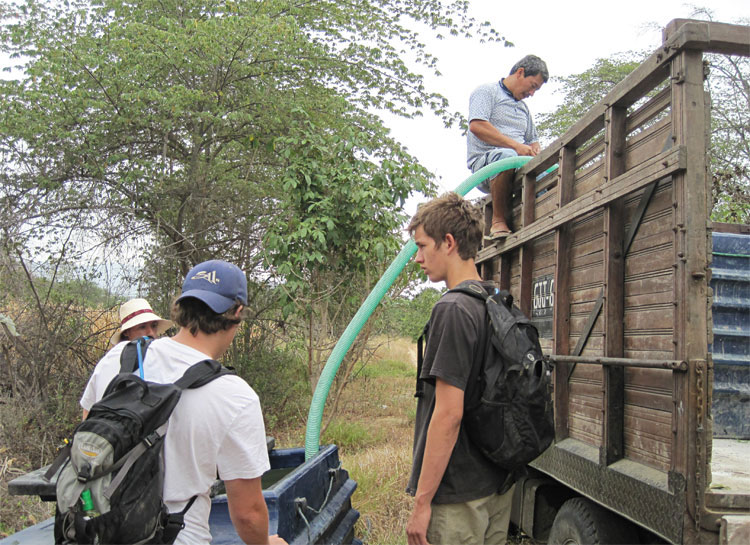
The typical daily agenda, with slight variation, included: site watering, bottle collecting, and greenhouse work. With so many volunteers, we usually split into groups and covered at least two, if not all three of those activities.

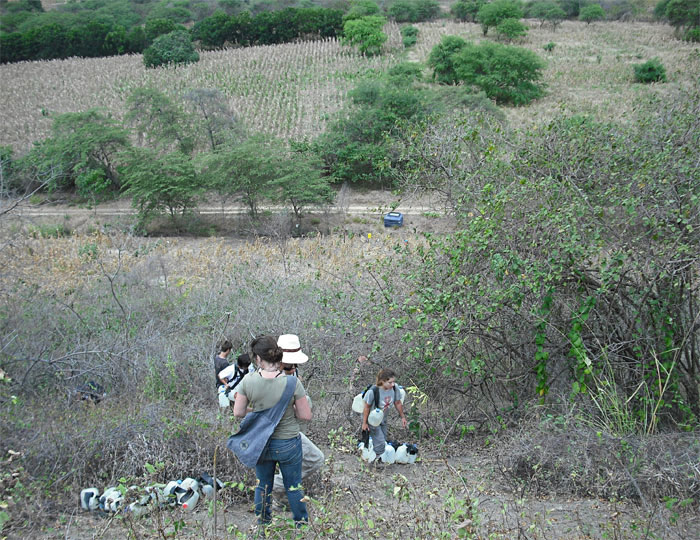

We have successfully been able to ensure that all of the trees (something in the vicinity of 2,000) at this year’s revegetation sites have “doughnuts” around them for retaining water, plenty of fresh water, and a nice layer of leaves (mulch) to reduce evaporation and maintain soil humidity.
As a result, even within the past two weeks, there has been a noticeable improvement in the trees’ conditions.
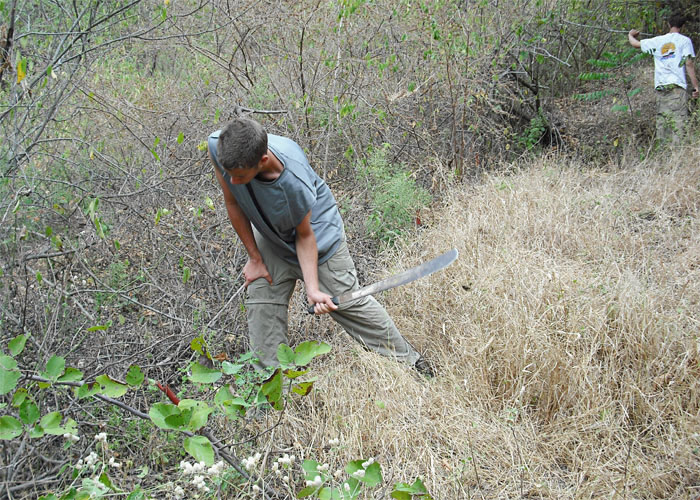
Just one proper watering (at least 1/3 of a gallon of water poured into a well made doughnut-shaped ditch around the tree, loaded with mulch) made a tree that previously looked dead start to burst with budding new leaves.

And, given the extra hands we’ve had lately, we’ve been watering the trees with between a half gallon and one gallon once every other week, or even more.
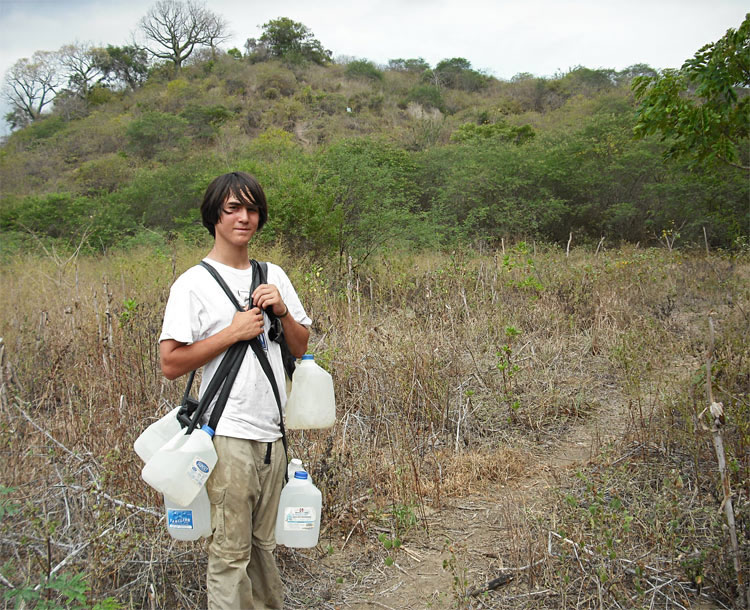
Needless to say this has provided the trees with a much needed boost, especially given the weak rainy season this year.
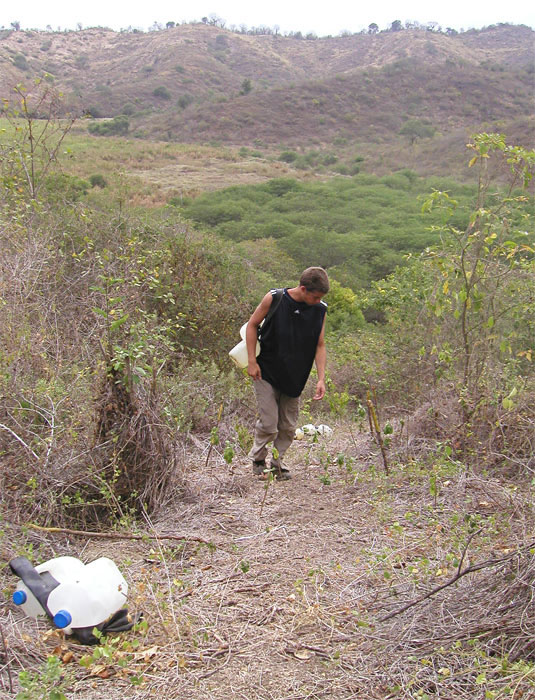
The following sites were watered and well-maintained at least once, if not twice, during this period:
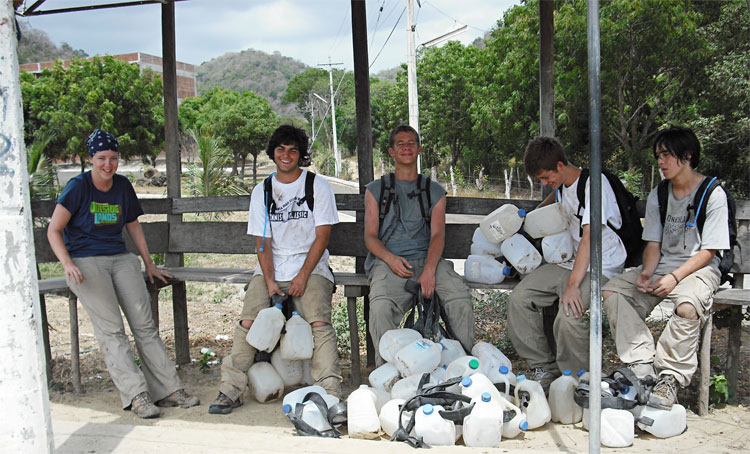
All three Astillero sites, La Universidad Catolica, Ruperti, Beletine, San Roque, Bosque Encantado, Jorge Lomas, and El Toro (MIDUVI).
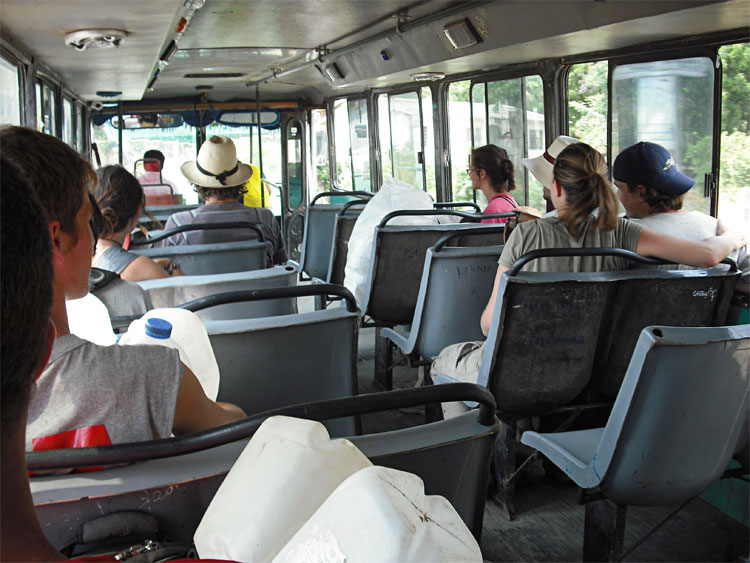
On the bottle collecting front there was excellent progress as well. Every week we rounded up sack after sack after sack of three-liter bottles. Several volunteers (spearheaded by Rosie and Sofia) set up a bottle collecting route around town and arranged a schedule with local restaurants for weekly collection.
At one of the larger local schools it appears we provided some inspiration for 2 of the 3 food shacks to switch from selling soda to selling fresh-made fruit juices. Although this has reduced what has historically been one of our best venues for three-liter bottle collection (20-30 three liter bottles per day!), now the children are getting more nutritious refreshment, the owners are making more money, and they are all supporting local agriculture instead of the soda companies.
Despite impressive bottle collecting efforts, the plethora of trees that continued to come up in seed beds made it seem like there was always a shortage.
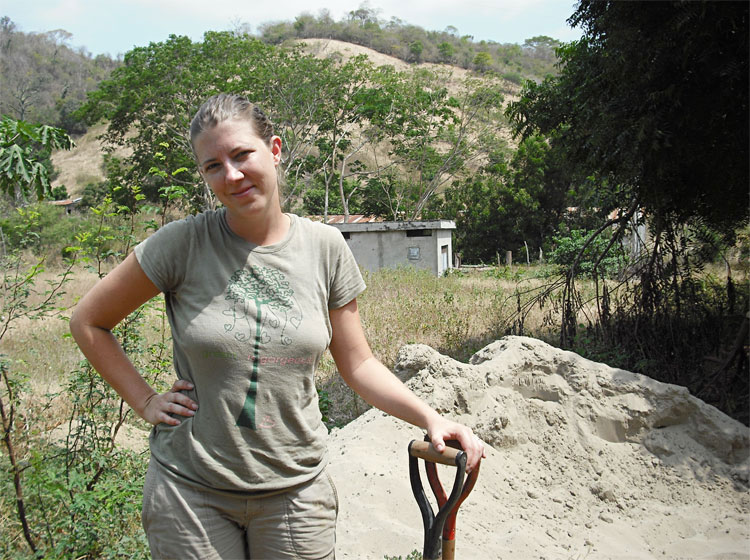
As soon as a reasonably sized pile of bottles built up at the greenhouse, it was attacked by the volunteers, converting them into receptacles for transplanted trees.


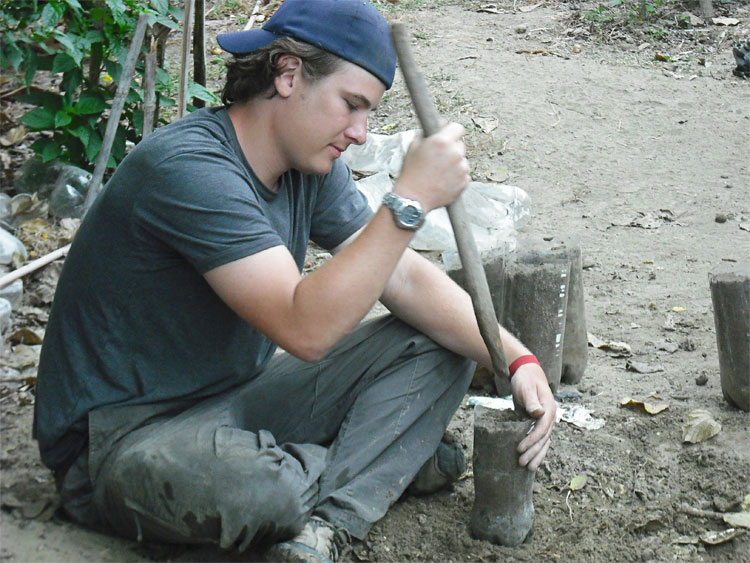
Repeated, massive soil-mixing sessions, bottle filling and transplanting marathons boosted the number of trees to over 2,000.
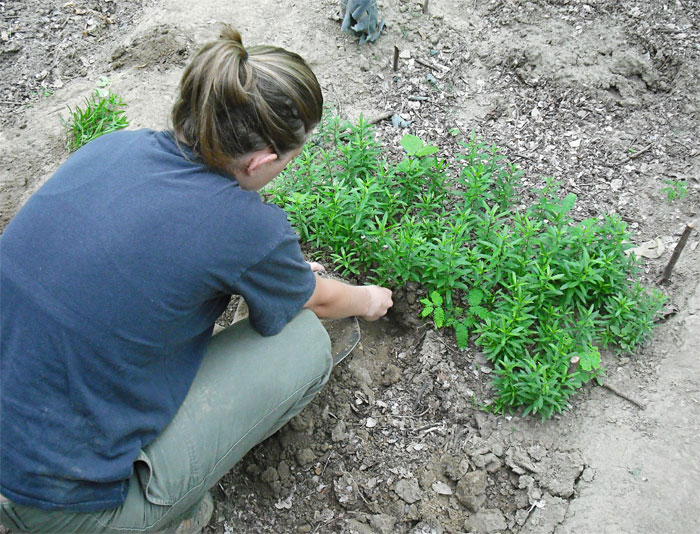
There are so many trees now that the greenhouse is nearly full and I started a new storage area for them underneath a grove of nearby Almond trees.
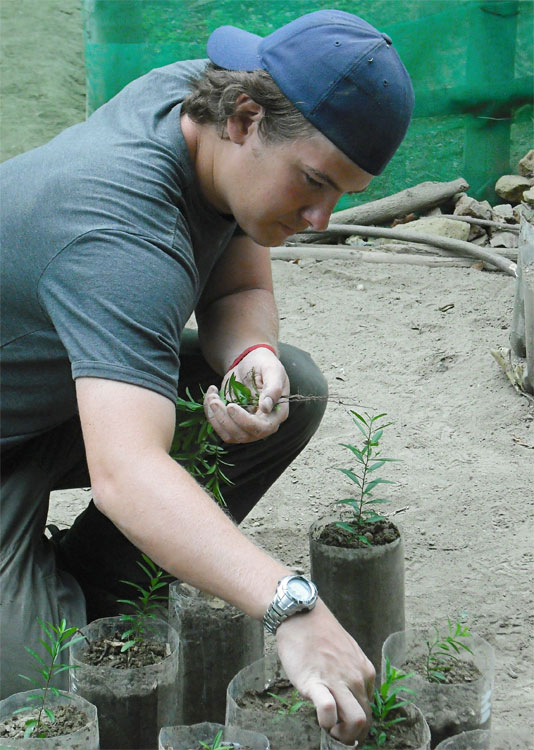
This bodes well for next year’s planting season (January-March?) since there are still several species of tree that haven’t even been seeded yet (Guasmo, Algarrobo, Guarango, Bototillo, among possibly others).
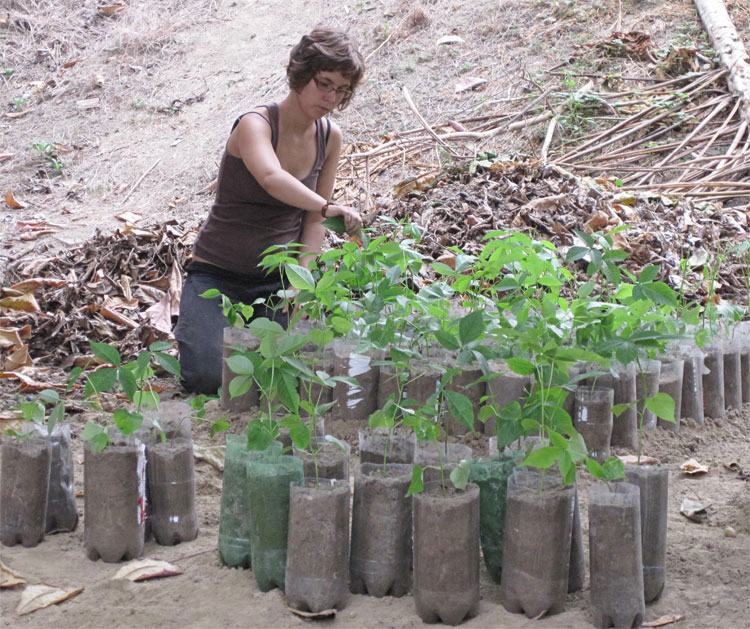


In other news, we remain vigilant to the weather, given the latest NOAA report that has increased possible El Niño activity this year to 50% from its baseline probability of 20%. The devastating El Niño phenomenon of 1998 started with rains in August. A local friend commented on the abundance of dragon flies lately, which is considered to be an indicator of the beginning of the rainy season.
Pásalo bien,
Clay

Reader Interactions